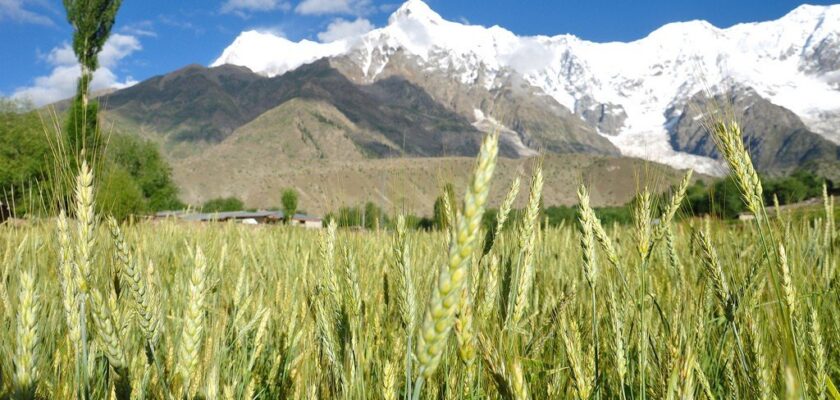Nanga Parbat
Nanga Parbat is one of the 14 eight-thousanders, an extremely difficult mountain located in the northwestern Himalayas. It has an elevation of 8,125 meters. It is administratively located in the territory of Pakistan. Nanga Parbat is one of the three most dangerous peaks above 8,000 meters to climb.
.
The peak was not conquered until 1953. Climbing is best planned for the following months: June, July, August, September. Conquering the summit of Nanga Parbat is impossible without a full-scale multi-level and long expedition. To solve the whole range of logistical and organizational issues associated with the ascent, you will need the experience and support of an entire team. Organization of base and several intermediate assault camps will be required.
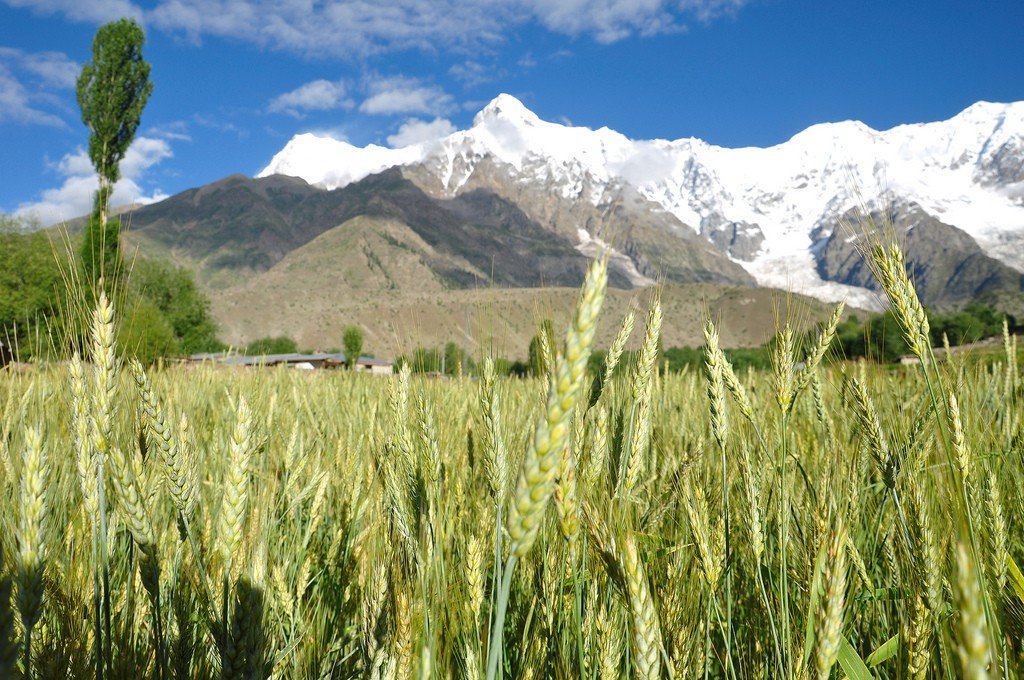
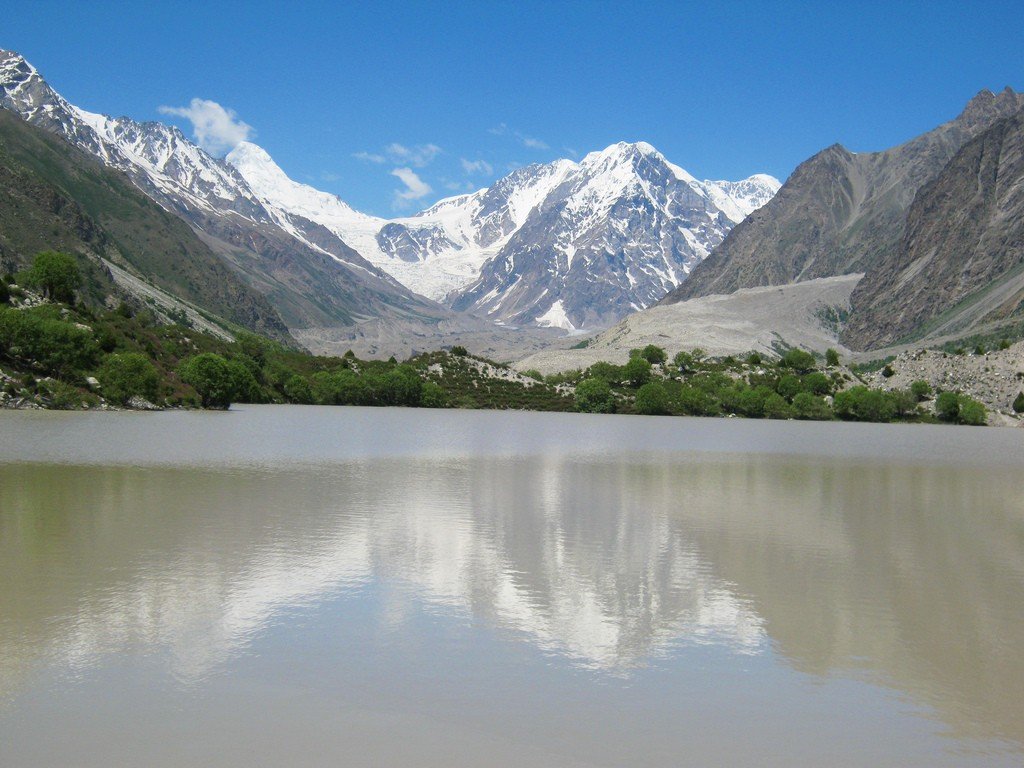
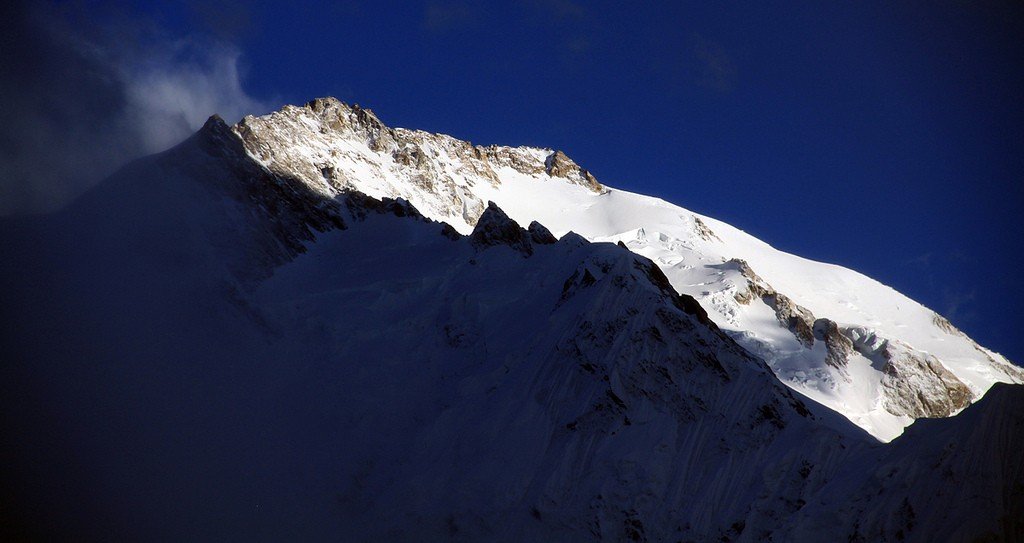
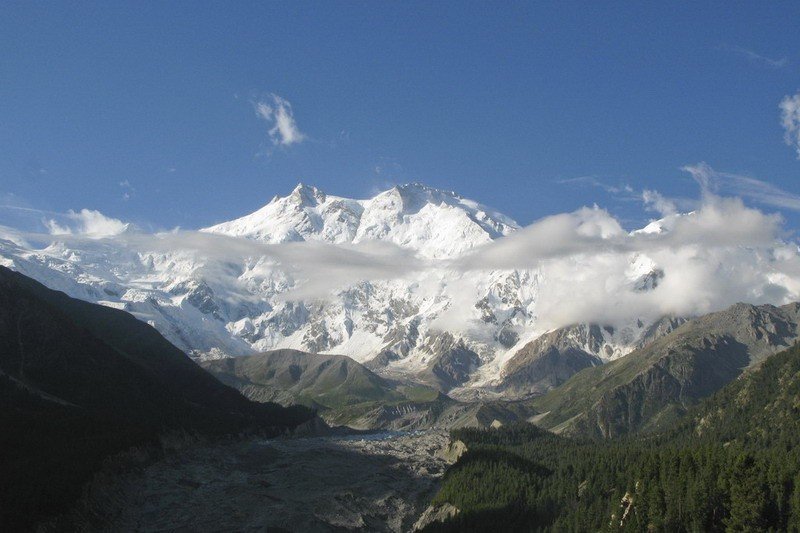
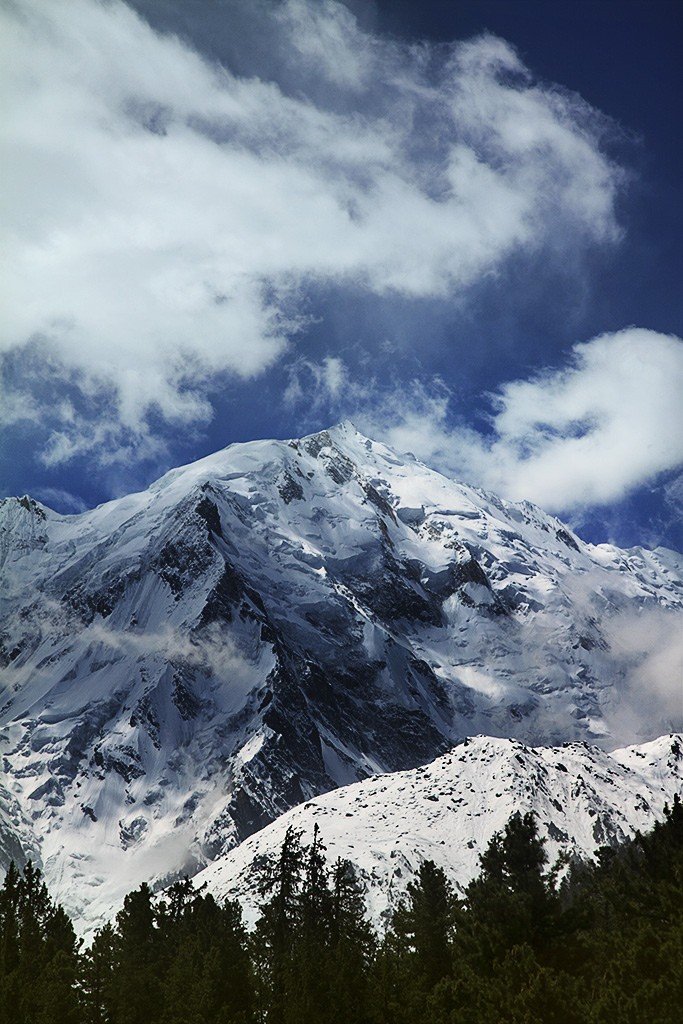
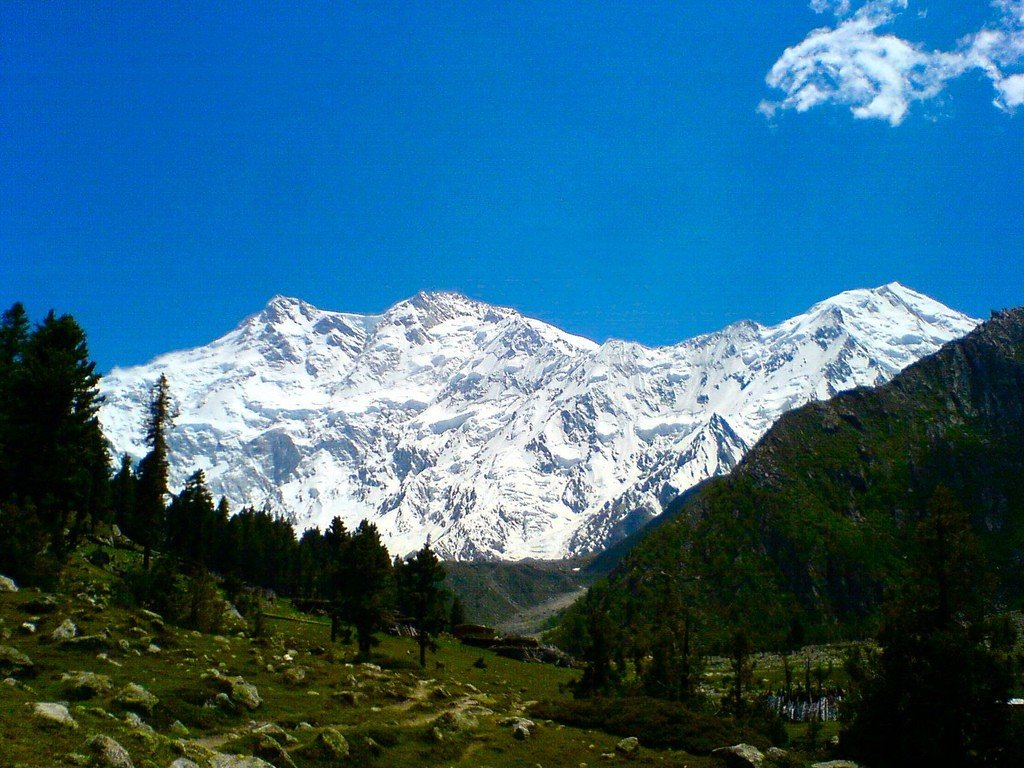
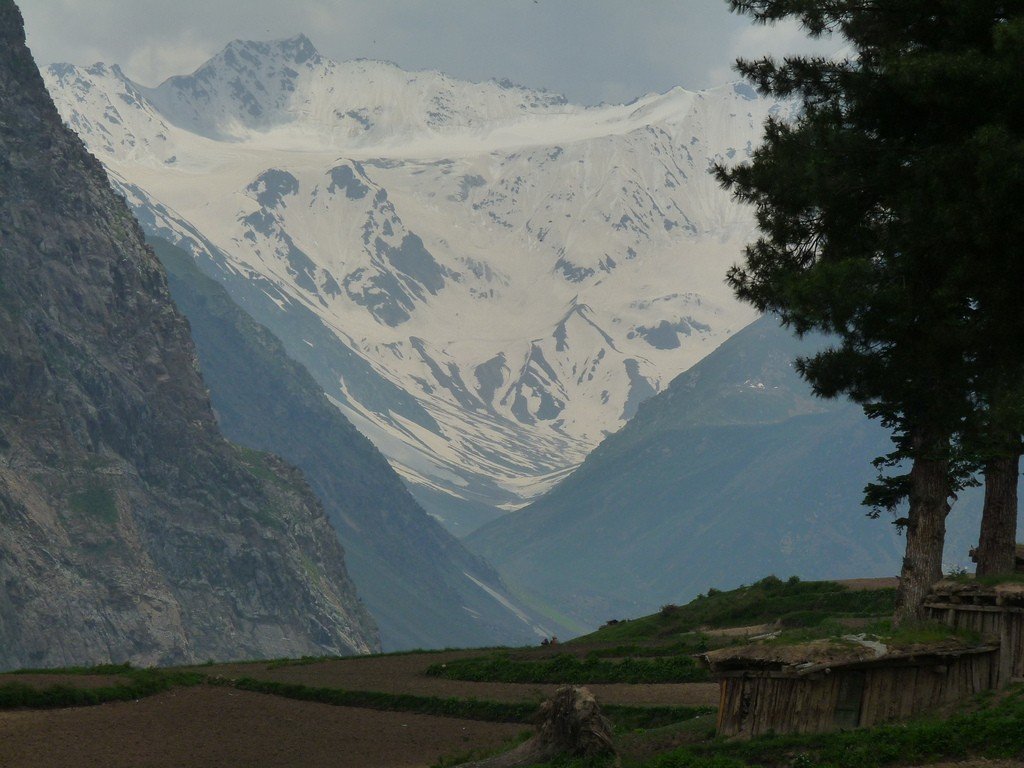
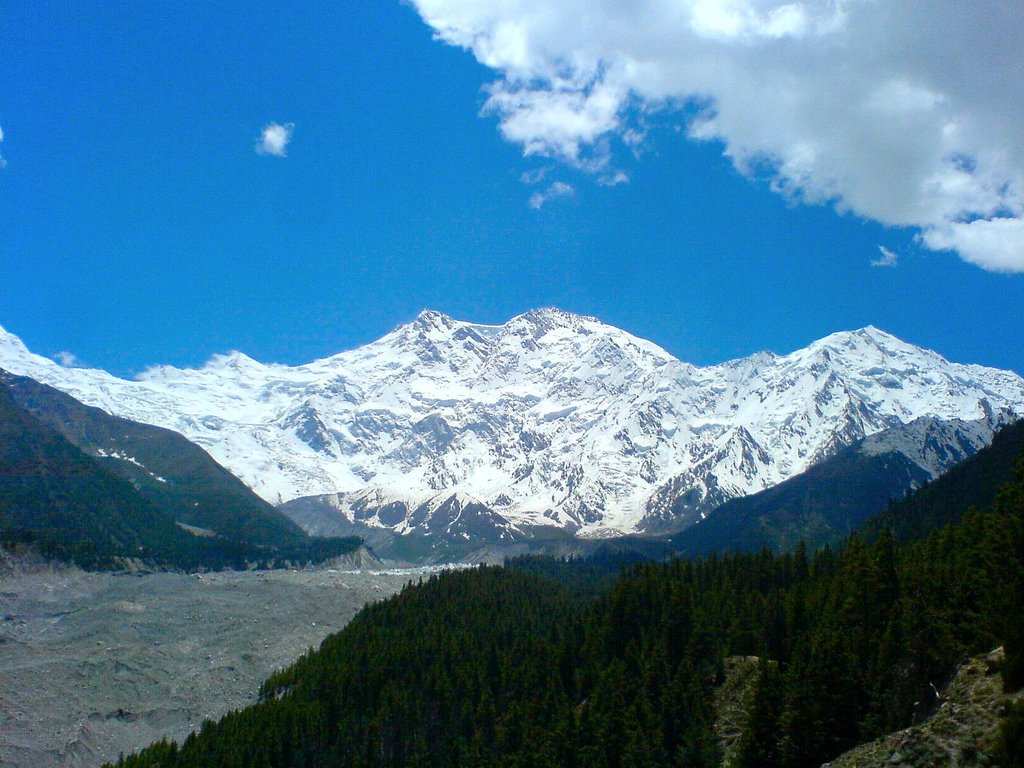
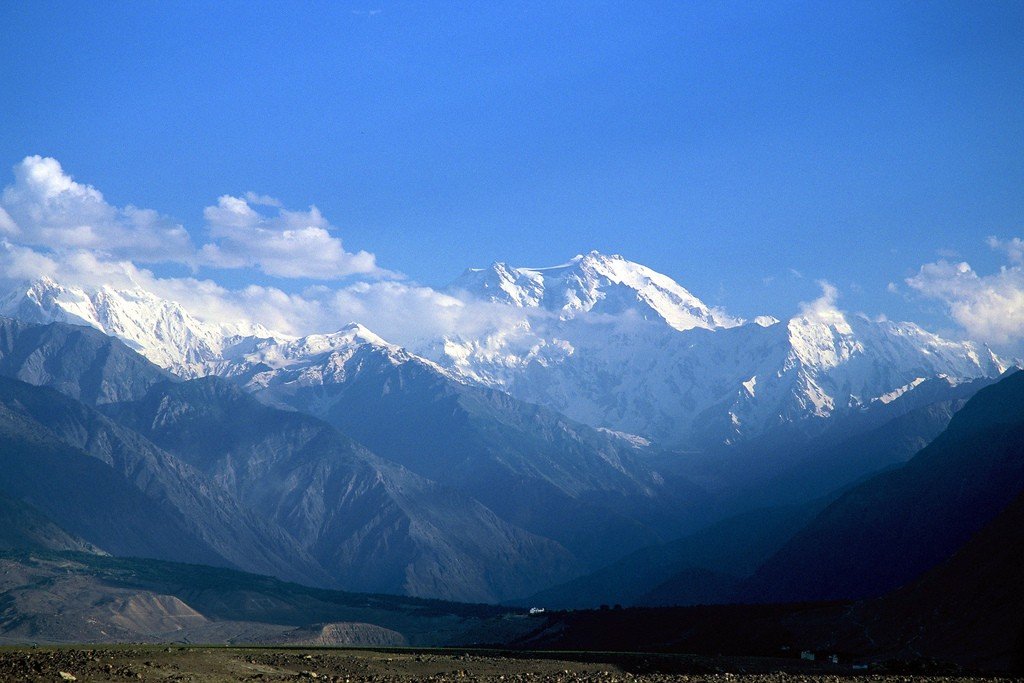
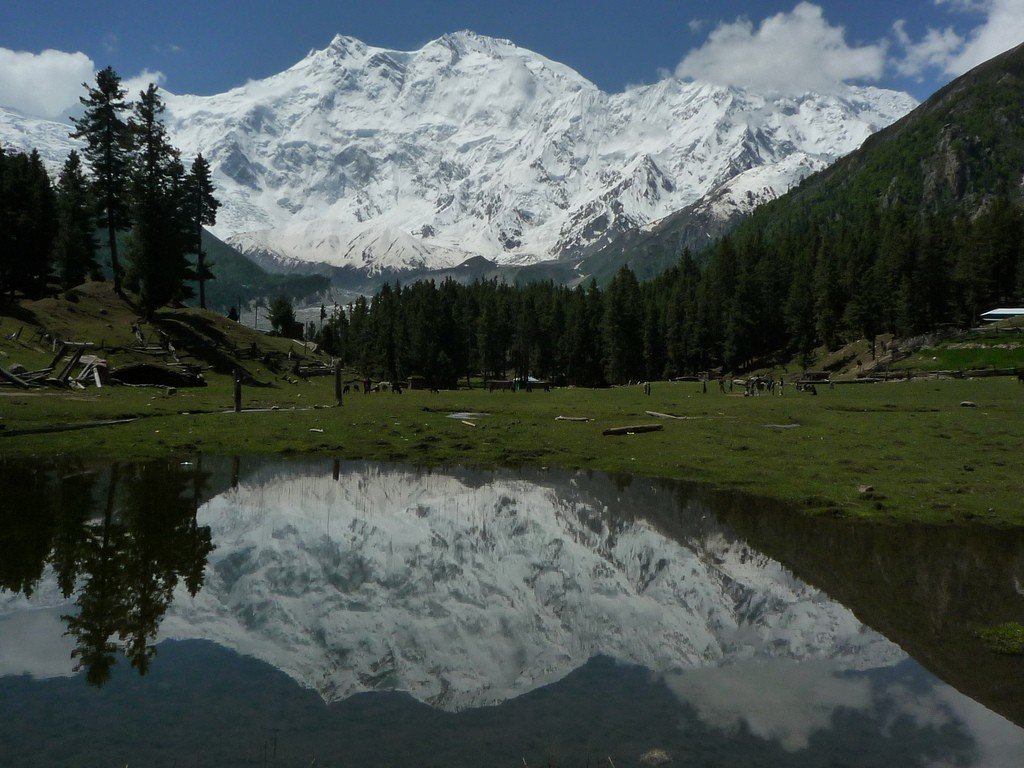
Climbing history
Mt. Nanga Parbat was first spotted by Europeans in the 19th century during Adolf Schlagintveit’s journey through Asia and who made the first sketches of it.
1895. The first attempt to conquer the peak was made by the best British mountaineer of his day, Albert Frederick Mummery. It was the first attempt in the history of mountaineering to climb an eight-thousand meter peak. Mummery was also the first victim of Nanga Parbat – during a reconnaissance outing through a pass in the side spur of the peak, he and two accompanying Gurkhas were last seen at an altitude of about 6,400 meters, and then, presumably, they died on the side of the Rakyot Glacier as a result of a snow avalanche.
.1932. A German-American expedition led by Willy Merkl explored a possible route of ascent from the side of the Rakyot Glacier through the North Saddle Pass (6850 m) with subsequent access to the eastern pre-top ridge. During the expedition, ascents were made on Chongra Peak and Rakyot Peak.
1934. A second German expedition led by Willy Merkle again stormed the mountain along the same route. The front two – Peter Aschenbrenner and Erwin Schneider July 6 was able to reach a height of 7850 meters, but in the evening of the same day broke out the strongest blizzard, which lasted nine days. During the descent, three climbers, including Merkle himself, and six Sherpas died of exhaustion and frostbite.
.1937. The third German expedition to the summit was organized under the leadership of Karl Wien from the Rakyot Glacier side. The main expedition consisted of seven climbers. On June 11, an intermediate base camp IV was organized, but somewhat westward than in 1934 – in a snow mulda closer to Rakyot Peak. On the night of June 14-15, an avalanche from the Rakyot-Pik icefall descended on Camp IV – all the climbers and nine Sherpas were killed.
.
1938. Another German expedition to Nanga Parbat. Leader Paul Bauer. On June 22, the expedition succeeded in reaching the “North Saddle” where the well-preserved bodies of Willi Merkle and Sherpa Guy-Laya were found. Repeated attempts to climb the “Silver Saddle” were unsuccessful. The expedition ended without casualties.
.1939 – A German-Austrian group, including Heinrich Harrer and Peter Aufschneiter, climbed the Mummery route from the west to an altitude of 6100 m.
.1950 – Several British climbers made a desperate attempt to climb from the Rakhiot side (following the route of the German expeditions), two of them went missing at around 5,500 m. Future Everest summiter Sherpa Tenzing Norgei also participated in this expedition.
1953, July 3 – the first successful ascent was made by Hermann Bull – a member of the German-Austrian expedition led by K. Herligkoffer. It was an unparalleled episode in the history of conquering eight-thousanders: Bull reached the summit alone (his partner Otto Kempter turned back from an altitude of 7300 m) from the camp located at an altitude of only 6900 m, and on the way back he had to spend the night in the open air at an altitude of about 8 km, as the daylight hours were not enough to descend to the assault camp.
.1962 – three members of another German expedition under Herligkoffer: Toni Kinshofer, Anderl Mannhardt and Siegi Löw made a second successful ascent from the west (following the Mummery route), on the descent they spent an open night in the “death zone”. At 7,650 meters, Siegi Löw died due to head and internal injuries sustained when he fell off on an ice slope.
.1970 – a new Herligkoffer expedition made the first traverse of the South (Rupalska) Wall. Four members of the expedition climbed to the summit, including Reinhold Messner and his younger brother Gunther, who died in an ice collapse during the descent. After returning to Europe, the expedition was the subject of numerous scandals and, most notably, a lawsuit between Messner and Herligkoffer.
.1971 – a Czechoslovak expedition climbed the classic (Rakhiot) route.
.1976 – an Austrian team traversed the southeast ridge of the peak for the first time.
.1978 – a new Czechoslovak expedition made the first ascent of the north summit of Nanga Parbat (7816 m), and Reinhold Messner made a solo ascent of the main summit from the west on the Diamir side. He later wrote the fifth book about this peak, “Diamir. Mountain of Destiny.”
.2012, July 15 – Scottish climbers Sandy Allan and Rick Allen made the first traverse of Mazeno Ridge with an ascent of Mt. Nangaparbat.
.Climbing mortality
Nanga Parbat is one of the top three (after Annapurna I and K2) most dangerous eight-thousanders to climb, with a mortality rate of 22.3% in relation to the number of people who have reached the summit. As of 2011, 64 climbers have died on Nangaparbat (third after Everest and Annapurna I).
.On June 22, 2013, the base camp from Diamir was attacked by militants, killing 10 climbers from different countries (including three climbers from Kharkov – Igor Svergun (expedition leader), Dmitry Konyaev and Bodavi Kashayev), as well as one camp worker – a Pakistani. The Tehrik-e-Taliban Pakistan claimed responsibility for the attack.
Nanga Parbat in moviesIn 2010, director Josef Wilsmeyer directed the movie “Nanga Parbat” based on real events. The movie tells the story of the Messner brothers and, mainly, their ascent to the top of Nanga Parbat in 1970. Having undergone incredible hardships, severe physical injuries, on the verge of exhaustion, Reingold and Gunther will reach the fateful height and only then fully realize that it is the descent from the mountains could cost them their lives…
.
Nanga Parbat appears in the 2012 feature television series Arrow. In this movie, the mountain acts as a base for the League of Assassins led by Ra’s al Ghul’a.
.
